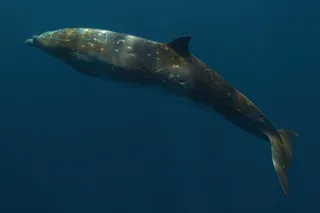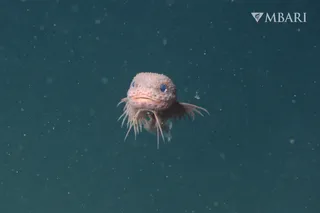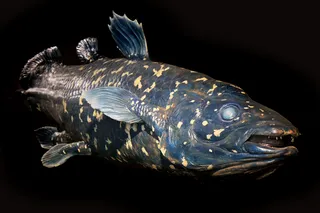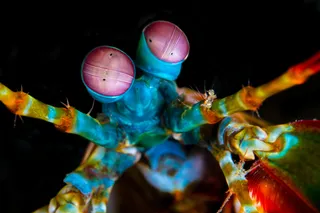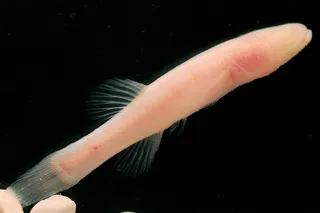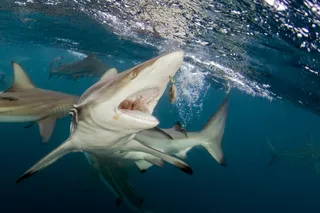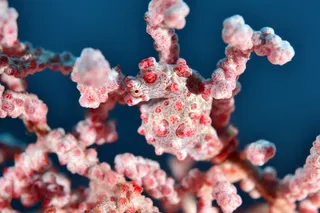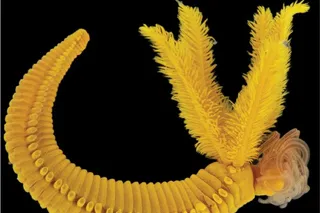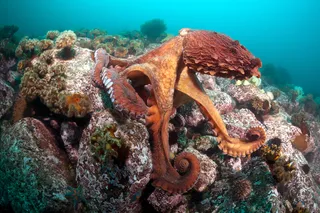Sargasso Sea, in the Atlantic Ocean near the Bahamas, just to get a little action. Scientists wanted to see what the little eels were up to on their trek, so they equipped a few with satellite tags and tracked their journey, which surfaced
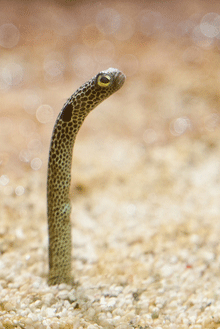
Even European eels enjoy a trip to the Bahamas, for mating season of course. The eel travels thousands of miles to the
The tags recorded location, speed, depth and direction of the eels for 6 months, before popping off and floating to the ocean's surface to beam their data back to the laboratory. The researchers
The tags allowed researchers to follow 22 eels for the first 1,300 kilometers of their trek from the coast of Ireland to mating grounds near the Bahamas. Understanding the details of the eels’ journey may help to protect this critically endangered species, a favorite of sushi eaters [Science News].
found the eels swim too slowly to get to the Sargasso Sea by the April spawning period. The researchers suggest this means the eels may gain speed and travel efficiency by entering the ocean currents that begin west of Africa and continue as part of the subtropical gyre system that flows to the Caribbean [BBC News]
. The data also show that the eels swim in shallow, warm water at night and dive to depths of 3,200 feet during the day swims. Since the eels do not feed on their trip, scientists think swimming in warm water boosts metabolism, while the cold water helps slow sexual development until they reach the Sargasso Sea. Related Content: 80beats: Tiny Bird Backpacks Reveal the Secrets of Songbird Migration 80beats: Monarch Butterflies Navigate With Sun-Sensing Antennae 80beats: Blue Whales on the Move: Good News or Bad Sign?
Image: flickr / wwarby


